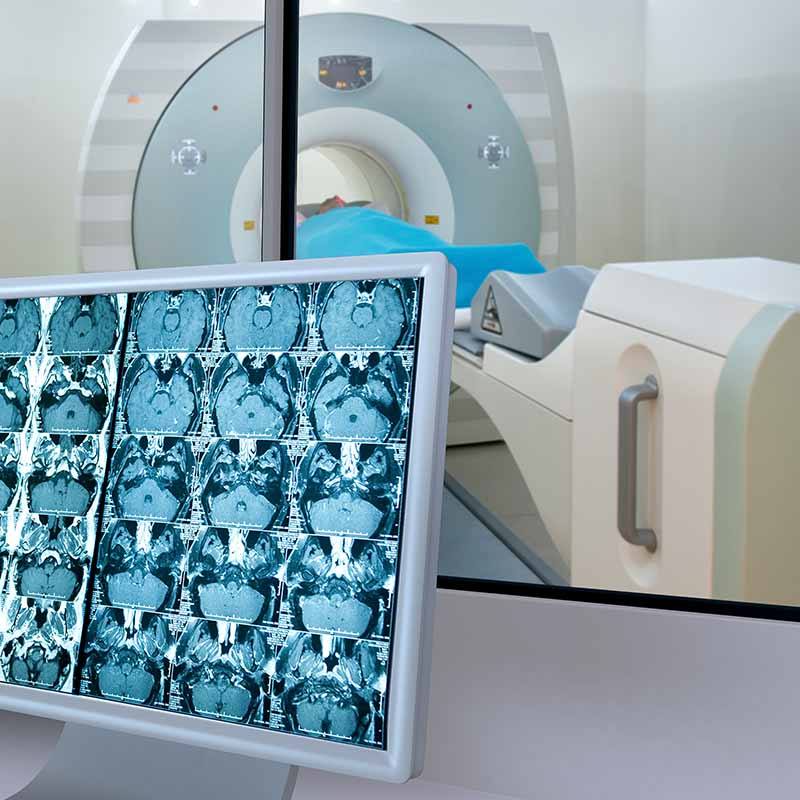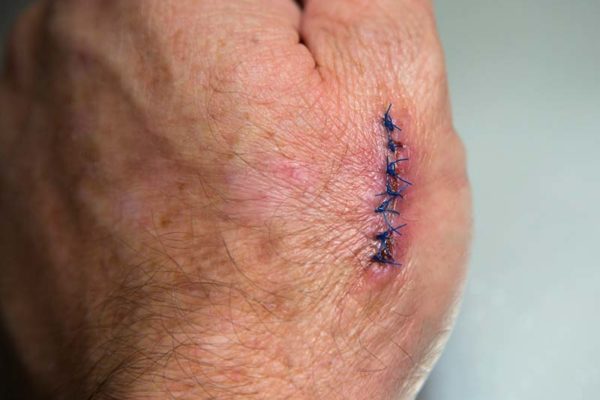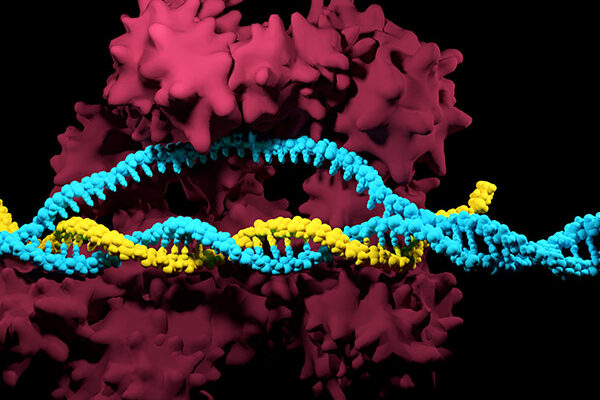18F-FET-βAG-TOCA is a novel, ‘click’ 18F-labelled octreotate PET imaging radiopharmaceutical that detects tumour lesions in patients with neuroendocrine tumours (NETs).
Proposed use
18F-FET-βAG-TOCA is clinically safe and has high tumour uptake, showing better resolution than the existing radiotracers in imaging NETs.
Its high production yields and increased accessibility make it suitable for large multicentre studies.
Problem addressed
Compared to radioligand widely used in PET imaging, 68Ga-DOTATATE, 18F-FET-βAG-TOCA is not dependent on availability of 68Ga and so is cheaper and easier to synthesize.
The market for nuclear imaging, driven by increasing demand in personalized healthcare, is worth $2.6 Billion and growing by a CAGR of 3.3%. 18F-FET-βAG-TOCA benefits from better tumour uptake and increased accessibility compared to the in-use 68Ga-DOTATATE and can play an important role in the therapeutic decision-making process of NET patients.
Technology overview
A team at Imperial College London, led by Professor Eric Aboagye, has developed a novel and a highly specific radiotracer that can accurately identify neuroendocrine tumours in patients using the Positron Emission Tomography (PET) scanning platform. The key features include:
18F-FET-βAG-TOCA was generated using ‘click’ chemistry through a triazole-based method. The radioisotope has acceptable metabolic stability with little or no defluorination.
In-human study on patients with NET showed that 18F-FET-βAG-TOCA had no adverse effects on the health. The radiotracer is detectable in the vascular compartment, liver, spleen, kidneys within first 6 minutes of radioligand injection.
While retaining reasonably high binding affinity compared to existing clinically applicable radioligands (68Ga- DOTATATE and 18F FDG), a lower background distribution in liver of 18F-FET-βAG-TOCA was observed in the liver, where metastases is common.
Benefits
- Higher penetration and tumour uptake compared to 68Ga-DOTATATE and 18F FDG radioligands
- Cheap and easy to synthesize
- Longer half-life and available for large multi-centre studies
- Specific uptake in somatostatin receptor-high tumours
- Clinically safe, good biodistribution and better image resolution than clinically applicable imaging agents
- Improved detection of tumour lesions in patients with NETs
Intellectual property information
The patent protecting the 18F-FET-βAG-TOCA radiotracer has been granted in US and EU. Patent number WO2012118909A1.
Inventor information
Professor Eric Aboagye is a professor at Imperial College and leads the NIHR Biomedical Research Centre Imaging Theme. He was recipient of the 2009 Sir Mackenzie Davidson Medal and was elected as a Fellow of the Academy of Medical Sciences in 2010 for outstanding contributions to the advancement of medical science. He has also acted as an advisor to GE-Healthcare, GSK, Roche and Novartis.





